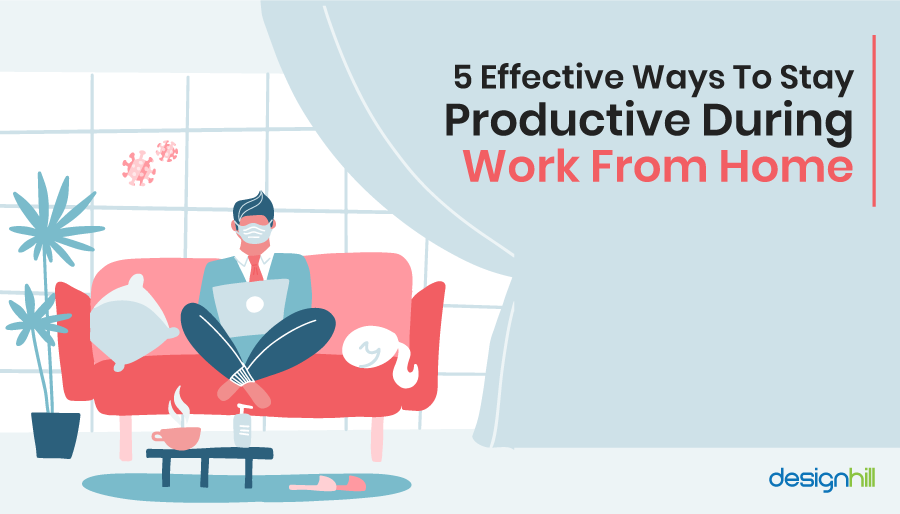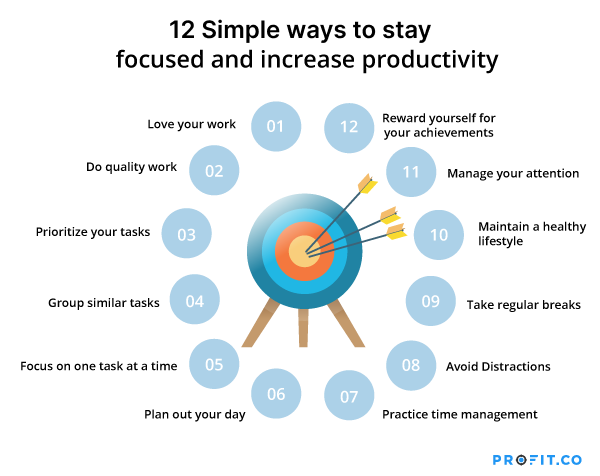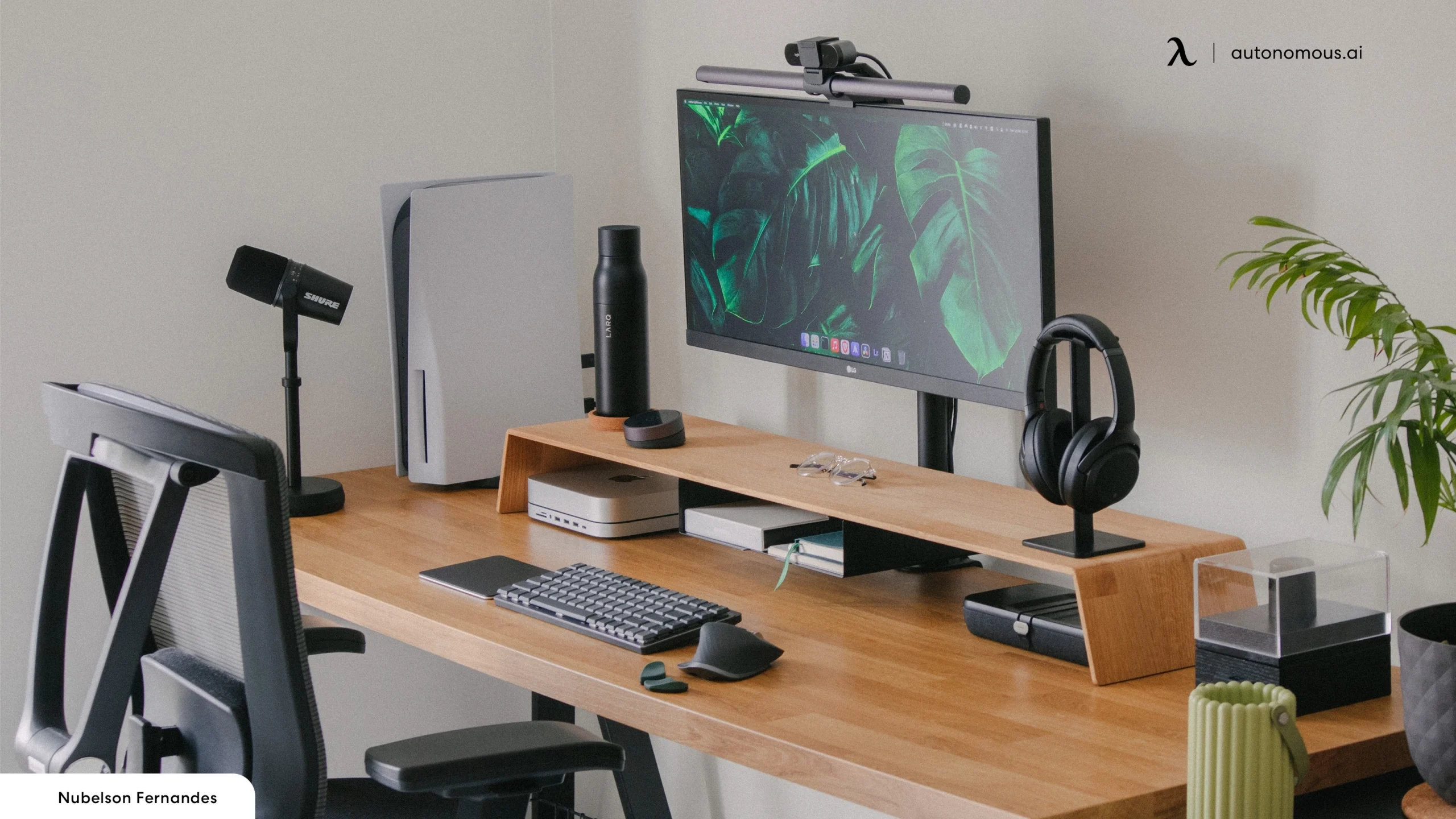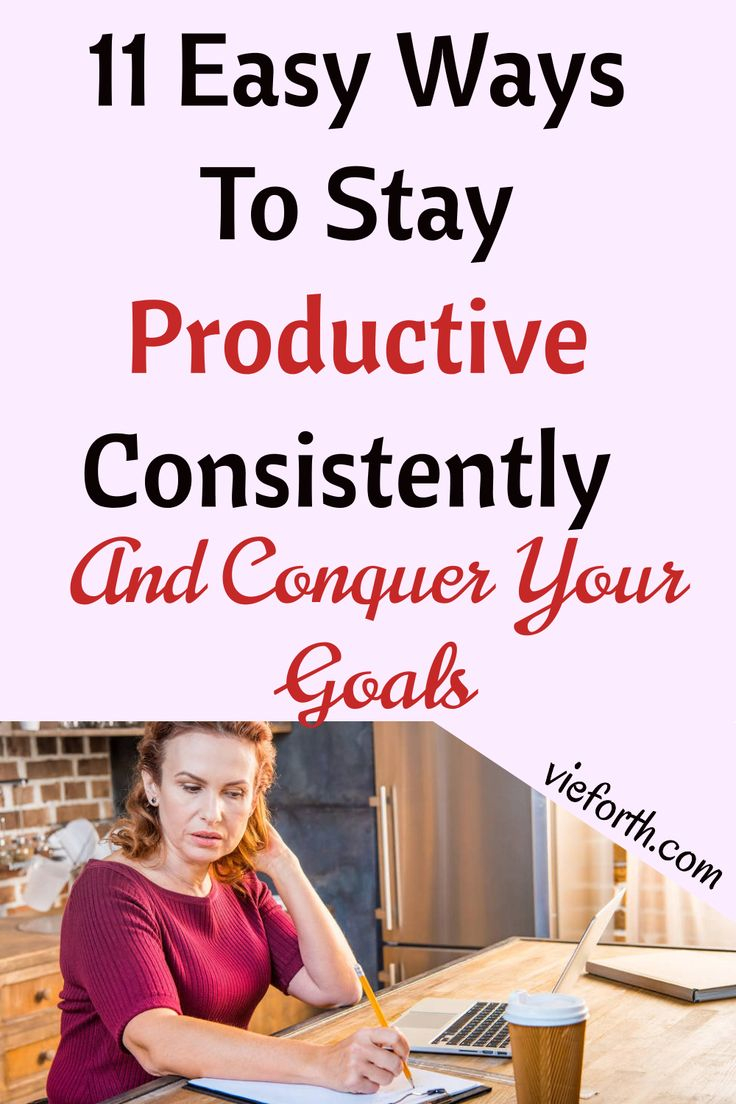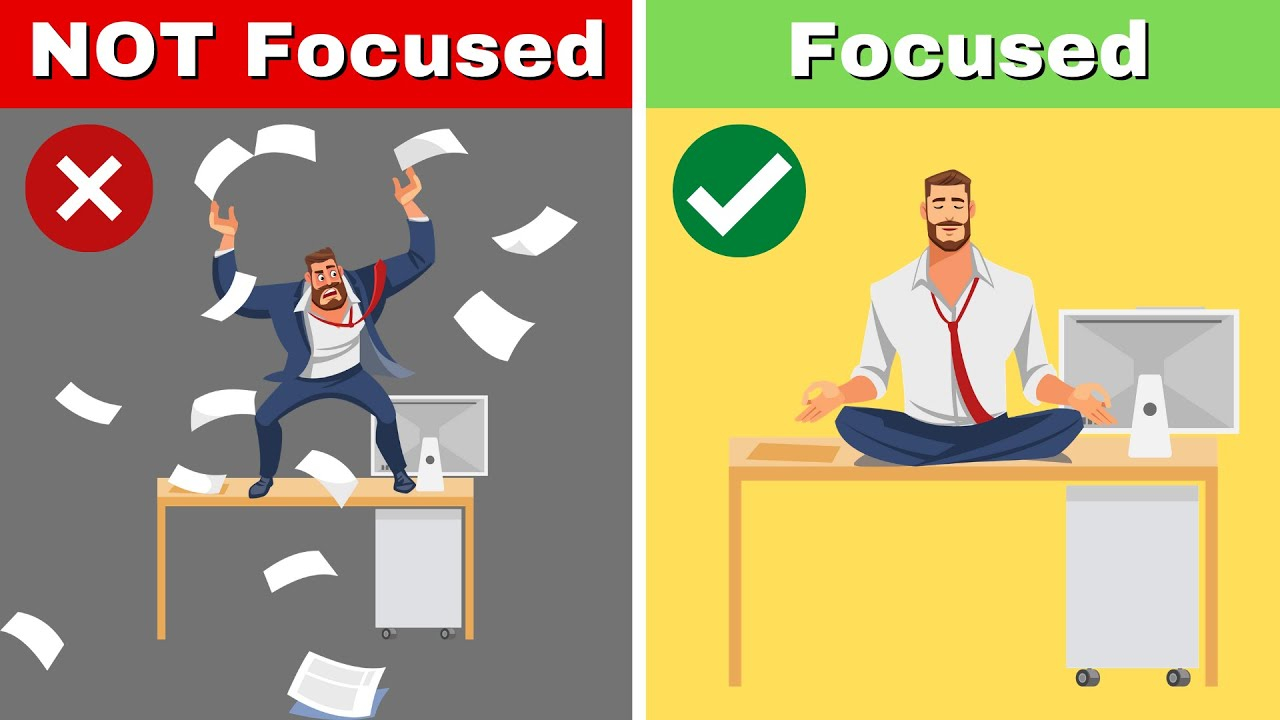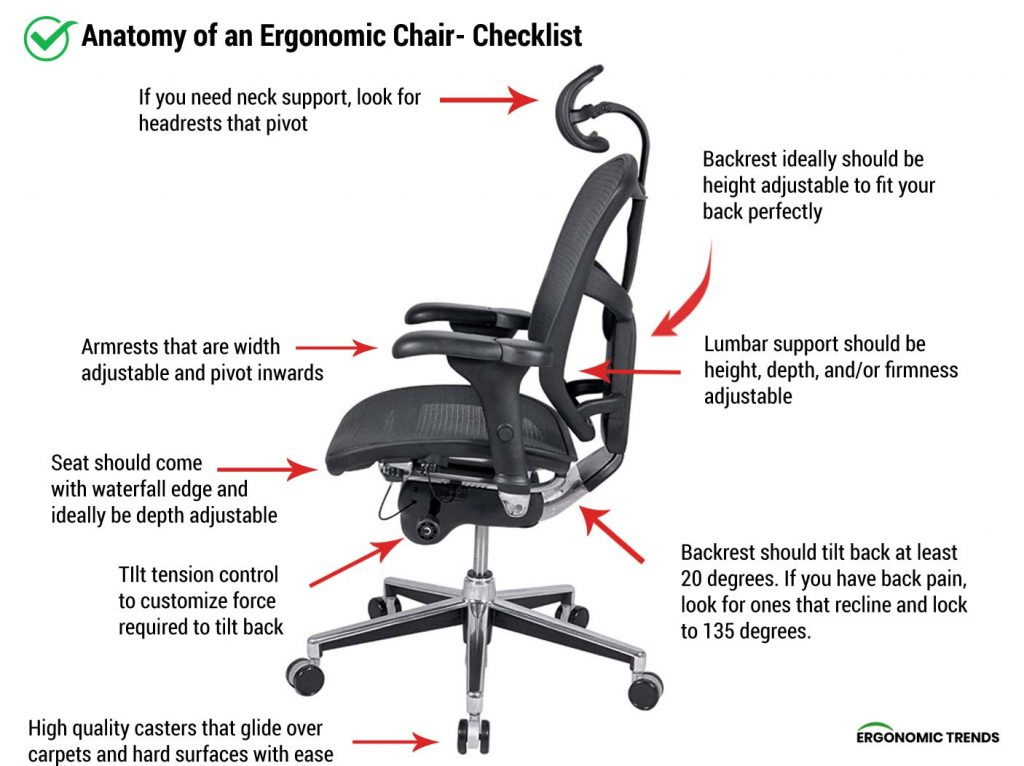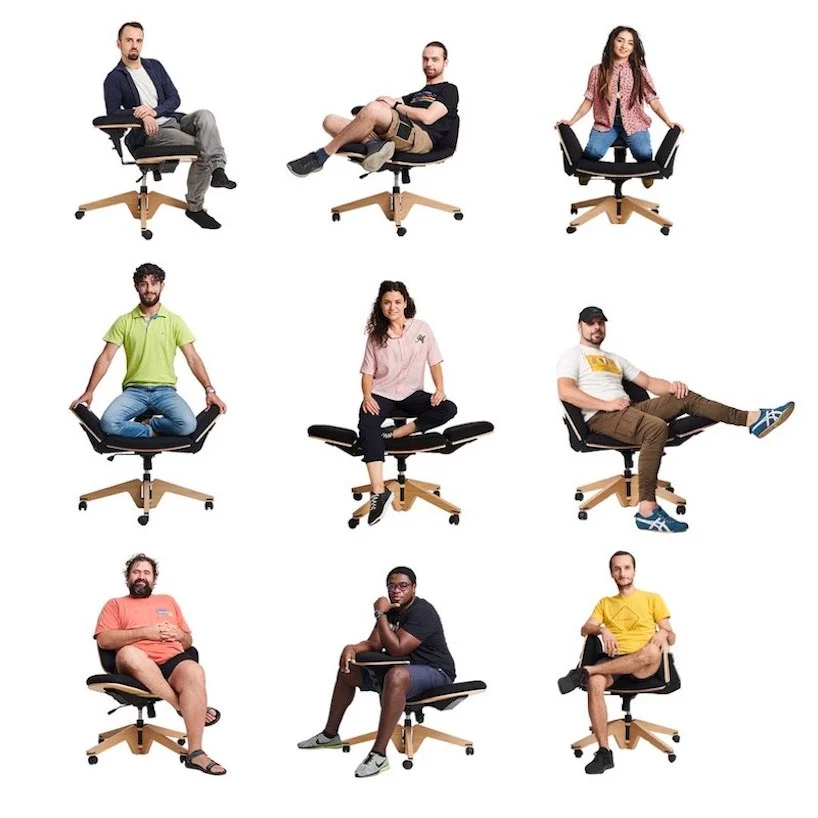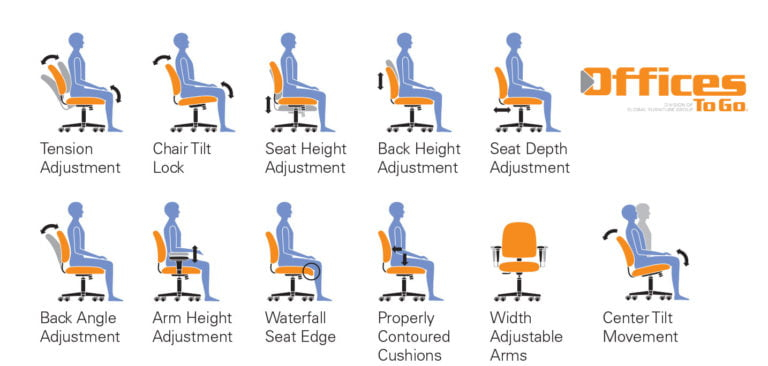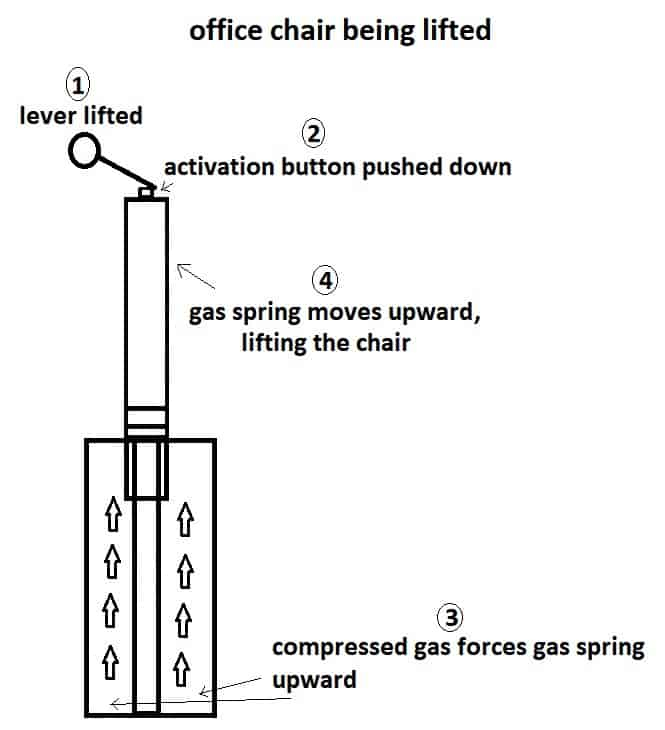Ever feel like you’re constantly juggling tasks, with your to-do list growing faster than you can check things off? It’s a common struggle, this feeling of being swamped, of working hard but not necessarily smart. But what if there was a way to shift from that frantic, ‘sweaty’ state to a more composed, ‘savvy’ one? A way to not just get more done, but to feel more in command of your time and energy. This isn’t about magic; it’s about smart, actionable steps. Let’s explore how to make that transformation. It’s about working smarter, not just harder, to achieve your goals and find a better balance.
We all want to be productive, right. We envision a day where tasks flow smoothly, where we hit our targets, and still have energy left for life outside work. Yet, for many of us, productivity feels more like a battle. We start with good intentions, but distractions, poor planning, or simply trying to do too much at once can leave us feeling exhausted and defeated. It’s easy to fall into the trap of ‘busywork’ – filling our hours with activity that doesn’t actually move the needle on our most important goals. This cycle of feeling overwhelmed and unproductive can be disheartening. But understanding the root causes is the first step to breaking free and building a more effective approach to your work.
1. The Power of Planning: Setting Your Course
Think of planning as your roadmap. Without one, you’re just wandering. A solid plan doesn’t have to be rigid; it’s about intention. Start your day or week by identifying your most crucial tasks – the ones that truly matter and will make the biggest impact. These are often called your ‘Most Important Tasks’ or MITs. Prioritizing these ensures that even if your day gets derailed, you’ve still accomplished what’s truly significant.
How to plan effectively:
- Daily/Weekly Review: Spend a few minutes at the end of each day or week to review what you accomplished and plan for the next. This helps you stay focused and adapt.
- Break Down Big Goals: Large projects can seem daunting. Chop them into smaller, manageable steps. Checking off these smaller items provides a sense of progress and momentum.
- Time Blocking: Allocate specific blocks of time for specific tasks. This technique helps you dedicate focused attention and prevents tasks from bleeding into each other.
- Be Realistic: Don’t overschedule yourself. It’s better to accomplish a few key tasks than to have an overflowing list you can’t get through. Leave some buffer time for the unexpected.
2. Taming the Distraction Dragon
Distractions are productivity’s arch-nemesis. From email notifications pinging incessantly to the siren call of social media, our modern environment is designed to pull our attention in a million directions. Learning to manage these interruptions is crucial. It’s not about eliminating them entirely – that’s often impossible – but about controlling their impact.
Strategies to fight distractions:
- Turn Off Notifications: Seriously. Those little red badges and pop-ups are designed to grab your attention. Disable them for non-essential apps.
- Dedicated Work Times: Set specific times for checking email or messages, rather than reacting to them as they arrive. Consider using the ‘Do Not Disturb’ feature on your devices.
- Create a Focused Environment: If possible, find a quiet space to work. Let colleagues or family know when you need uninterrupted time. Noise-canceling headphones can be a lifesaver.
- The Pomodoro Technique: Work in focused bursts, typically 25 minutes, followed by a short 5-minute break. After four ‘pomodoros,’ take a longer break. This method helps maintain concentration and prevents mental fatigue.
3. Energy Management: Fueling Your Focus
Productivity isn’t just about time; it’s about energy. You can have all the plans in the world, but if you’re running on empty, you won’t get much done. Think of your energy like a battery that needs consistent recharging.
Boost your energy levels:
- Prioritize Sleep: This is non-negotiable. Aim for 7-9 hours of quality sleep per night. It’s when your brain consolidates information and repairs itself.
- Movement Matters: Regular physical activity boosts energy and improves cognitive function. Even short walks can make a big difference.
- Mindful Breaks: Step away from your work. Stretch, meditate, or simply look out the window. These short breaks help refresh your mind and prevent burnout.
- Healthy Nutrition: Fuel your body and brain with nutritious food. Avoid excessive sugar and processed foods that can lead to energy crashes.
- Hydration: Dehydration can lead to fatigue and reduced concentration. Keep water with you and sip throughout the day.
4. The Art of Saying ‘No
This might sound counterintuitive, but learning to decline requests that don’t align with your priorities is a powerful productivity tool. Overcommitting is a fast track to burnout and a cluttered schedule. Saying ‘no’ isn’t about being unhelpful; it’s about being strategic with your time and resources.
How to say ‘no’ gracefully:
- Be Direct and Polite: You don’t need elaborate excuses. A simple, ‘I appreciate you thinking of me, but I’m unable to take this on right now,’ is often sufficient.
- Offer Alternatives: If appropriate, you can suggest someone else who might be able to help or offer a different way you can contribute that fits your capacity.
- Explain Briefly (Optional): If you feel it’s necessary, you can offer a brief, honest reason, like ‘My current workload is very high, and I need to focus on those commitments.’
- Trust Your Gut: If a request feels like it will pull you too far off course, it probably will. Protect your time and energy.
5. Leveraging Tools and Technology Wisely
In today’s world, technology can be a massive productivity booster, but it can also be a massive time sink. The key is to choose tools that genuinely support your workflow and use them intentionally.
Smart tool usage:
- Task Management Apps: Tools like Todoist, Asana, or Trello can help you organize tasks, set deadlines, and track progress.
- Calendar Apps: For time blocking and scheduling appointments, your digital calendar is indispensable.
- Note-Taking Apps: Evernote, OneNote, or simple text editors can help you capture ideas and information quickly.
- Focus Apps: Apps like Forest or Freedom can block distracting websites and apps for set periods.
- Automation: Look for opportunities to automate repetitive tasks, whether it’s through software or simple routines. This frees up mental energy for more important work.
6. Continuous Improvement and Adaptability
Productivity isn’t a destination; it’s an ongoing journey. What works for you today might need tweaking tomorrow. The most productive people are those who are willing to experiment, reflect, and adapt their strategies.
Embrace growth:
- Regular Reflection: Take time to assess what’s working and what’s not. Are your planning methods effective? Are you still getting distracted too easily?
- Seek Feedback: Ask trusted colleagues or mentors for their insights on your work habits.
- Stay Curious: Read articles, listen to podcasts, or take courses on productivity and time management. There’s always something new to learn.
- Be Kind to Yourself: Everyone has off days. Don’t let a less productive day derail your entire approach. Learn from it and get back on track tomorrow.
Transitioning from feeling ‘sweaty’ and overwhelmed to ‘savvy’ and in control is entirely achievable. It requires a conscious effort to plan, manage distractions, protect your energy, set boundaries, and use tools effectively. Remember, it’s not about endless hustling; it’s about working smarter and more sustainably. Start by implementing one or two of these strategies and see how they impact your day. You’ll likely find that small, consistent changes can lead to significant improvements in your productivity and overall well-being. Embrace the process, be patient with yourself, and enjoy the journey of becoming a more effective and fulfilled you.


